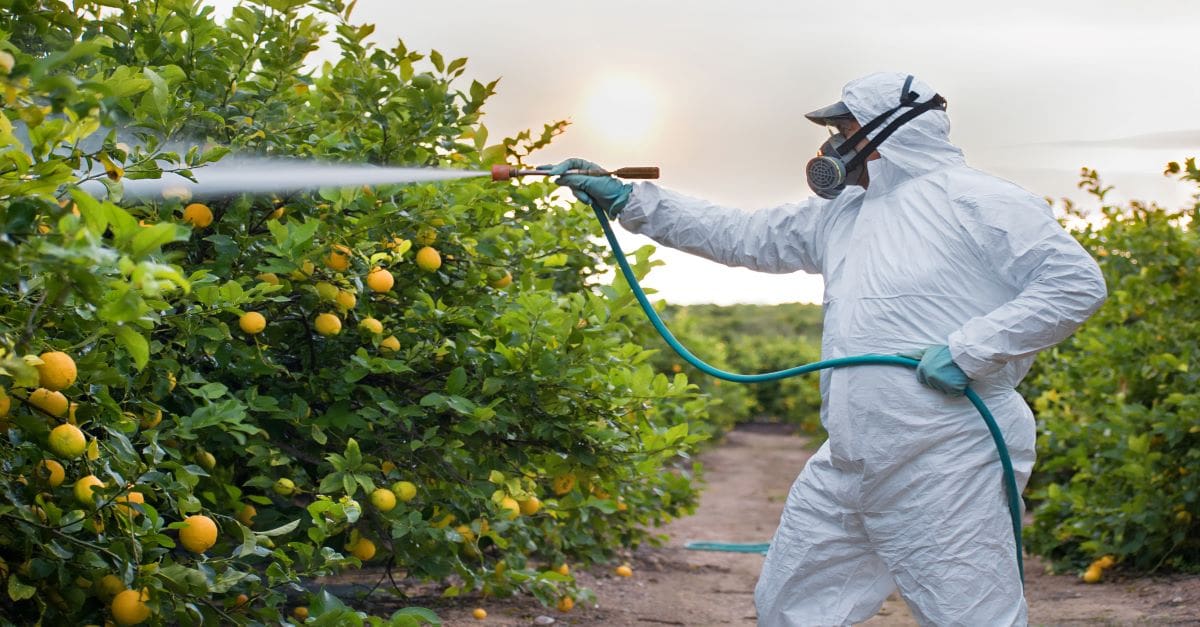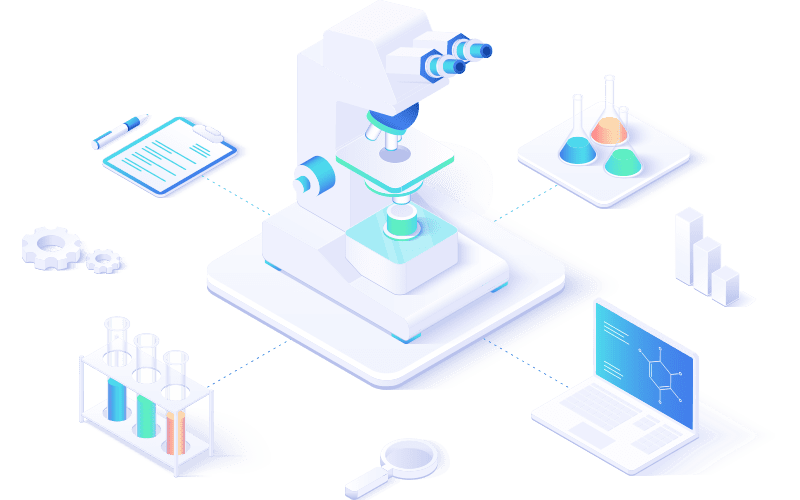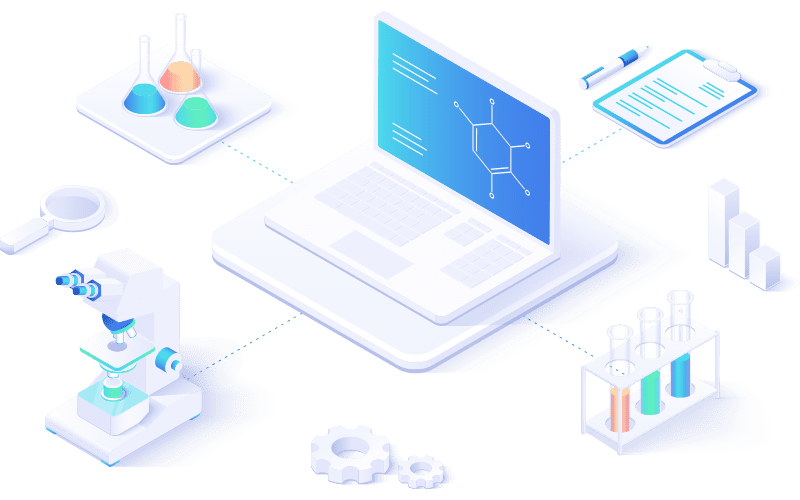
Pesticides are essential tools in global agriculture, protecting crops from destructive pests and diseases while helping farmers maximize yields. But behind every safe and effective pesticide lies a rigorous process of research, testing, and monitoring—much of which takes place in agriculture laboratories. These labs provide the critical data that shapes regulations, supports food safety, and ensures environmental sustainability.
Increasingly, agriculture labs are turning to lab management solutions to streamline workflows, manage data, and maintain compliance. By combining scientific expertise with digital innovation, these labs are not only improving pesticide research but also redefining how the industry approaches sustainable agriculture.
Why Agriculture Labs Are Central to Pesticide Research
Agricultural laboratories act as the scientific gatekeepers for pesticides, ensuring they are effective against pests while safe for humans, animals, and the environment. Their responsibilities include:
- Food Safety Assurance: Monitoring residues in crops and confirming compliance with maximum residue limits (MRLs).
- Regulatory Support: Supplying validated data for pesticide approvals and certifications.
- Environmental Protection: Evaluating pesticide behavior in soil, air, and water to limit ecological risks.
- Resistance Tracking: Studying how pests adapt to chemical control and guiding resistance management strategies.
Core Areas of Pesticide Research
Development of Safer Pesticides
Labs partner with chemists and agricultural scientists to develop new compounds and formulations that target pests more effectively while minimizing harm to beneficial organisms.
Residue and Toxicology Testing
Through technologies like GC-MS (Gas Chromatography–Mass Spectrometry) and LC-MS/MS (Liquid Chromatography–Mass Spectrometry), labs detect trace residues and assess toxicological impacts.
Environmental and Ecological Studies
Agriculture labs test how pesticides break down in different ecosystems, assessing risks to pollinators, soil health, and water supplies.
Resistance Management
By tracking genetic and behavioral changes in pest populations, labs support strategies like crop rotation, reduced reliance on chemicals, and integrated pest management (IPM).
How Lab Management Solutions Empower Agriculture Labs
As pesticide research grows more complex, agriculture labs face mounting challenges: massive datasets, regulatory pressures, and the need for efficiency. This is where Laboratory Information Management Systems (LIMS) and Electronic Lab Notebooks (ELN) make a difference.
Key ways lab management solutions assist in pesticide research include:
Centralized Data Management
- Store all experimental data, pesticide residue results, and compliance records in one secure system.
- Reduce the risk of data silos and manual errors.
Regulatory Compliance and Reporting
- Automate documentation for EPA, EFSA, and other regulatory bodies.
- Easily generate audit-ready reports with traceable records.
Workflow Efficiency
- Streamline sample tracking from collection in the field to residue analysis in the lab.
- Automate routine tasks like instrument calibration and results reporting.
Collaboration Across Teams
- Share data between chemists, toxicologists, and environmental scientists.
- Support global research projects by integrating multi-site labs into one system.
Data Integrity and Security
- Ensure results meet Good Laboratory Practice (GLP) standards.
- Protect sensitive research with secure access controls and digital backups.
Emerging Trends in Pesticide Research
Agriculture labs are at the forefront of innovation, driving new approaches such as:
- Biopesticides: Natural alternatives derived from plants, microbes, or biological processes.
- Precision Application: Using drones and smart sensors to reduce overuse and target specific problem areas.
- Green Chemistry: Designing eco-friendly pesticide compounds with reduced environmental persistence.
- AI and Predictive Analytics: Leveraging machine learning to forecast resistance and optimize application strategies.
Conclusion
Agriculture labs are indispensable to the future of farming, ensuring pesticides are safe, effective, and sustainable. By embracing modern lab management solutions, these labs gain the efficiency, accuracy, and scalability needed to keep pace with rising demands for food safety and environmental protection. The combination of cutting-edge research and digital innovation is helping agriculture labs transform pesticide research into a smarter, safer, and more sustainable process—one that benefits farmers, consumers, and ecosystems worldwide.
Accelerate Your Lab's Success & Experience LabLynx
"*" indicates required fields
Explore the LabLynx Suites

LIMS Suite
Seamless Sample and Workflow Management
The LabLynx LIMS Suite empowers laboratories with the tools needed to manage samples, workflows, compliance, and more in one centralized system. It’s the backbone for labs seeking efficient, reliable, and scalable management solutions.

ELN Suite
The LabLynx ELN Suite offers a modern approach to managing lab data and experiments. With its secure, intuitive platform, your team can record, store, and collaborate effortlessly, supporting innovation every step of the way.

Lab Automation
Automate for Efficiency and Growth
Streamline operations and boost productivity with the LabLynx Lab Automation Suite. Designed for labs ready to embrace advanced automation, this suite integrates systems, instruments, and workflows to deliver efficiency at scale.

